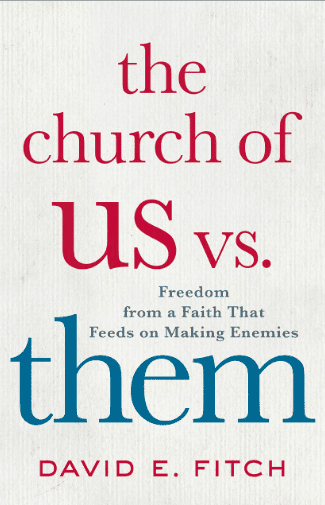 Thomas Bergler’s contention in his book The Juvenilization of American Christianity is two-fold: church and youth leaders overestimated the power of youth and underestimated the effects of accommodating youth culture.
Thomas Bergler’s contention in his book The Juvenilization of American Christianity is two-fold: church and youth leaders overestimated the power of youth and underestimated the effects of accommodating youth culture.
The implication of this contention is that church culture today is deep in that over- and under-estimation.
What’s he getting at? Bergler’s big idea is that the church, from the 1930s onward, began to accommodate itself to youth culture because it saw the future of the church/culture in their hands. He may be right, but the oddest thing about this book is the lack of analysis of what the church was like prior to 1930. In other words, I’d like to know if the second half of the 19th Century had youth focus at all, what it looked like — and I’m thinking that America’s most famous sermon by Edwards, “Sinners in the Hands of an Angry God,” was delivered to the youth of his church. To convince me historically, in other words, I want some comparative analysis. I’m not saying Bergler’s wrong; I’m saying I don’t know but the case was not made.
That youth culture influenced the church from the 1930s and 1940s onward — an unimpeachable case can be made. At work here at a major level was the increase of high school attendance and the formation of a high school culture, including movies, dating, and sports (which led, of course, to Jan and Dean, the Beach Boys, and Elvis!) — but maybe even more pervasive was a consumerist culture created by marketing items to the “teenager” (a new social label).
Do you think a youth culture builds passive consumers? Does it not produce critical thinking Christians? Are adults today using the youth culture for their own agendas? Where? How?
The issue in the 1940s is reduced to two singular youth culture symptoms: juvenile delinquents (more crime, etc) and “Bobby-Soxers” with girl culture. He examines briefly two newsreels that influenced culture and the church: “Youth in Crisis” (delinquents issue) and “Teenage Girls” (helping construct a girl culture).
Bergler’s point: learning about youth culture was one thing; proposing to mobilize and transform the youth were something else; and using that youth culture to change America — just didn’t happen.
The Methodist mainline youth were not willing enough to be social crusaders and Youth for Christ’s attempt to save the world by “entertaining” Bobby-Soxers didn’t happen. The YFC’s choice to mimic youth culture by forming a Christian culture is for Bergler the big problem. Billy Graham entered cities, interviewed the police etc, discovered the problems, and then proposed the solution in YFC. It sought to be combine fun (accommodating youth culture) with moral strictness by beating the world at its own game. Marketing and business techniques were shaping a new Christian culture. The gospel — and I call this the soterian gospel and salvation culture in King Jesus Gospel — was accommodated as well; simplified. Catholics, too, were not as successful in reaching out as they hoped and formed more of a Catholic ghetto. And African American culture never bought into the youth culture movement as much but did worry about the “worldliness” of the youth — and complained about invasion of jazz into the churches.
Bergler’s perceives the dilemma: adapt to the youth culture and tamper with the faith, or ignore the culture and lose the youth? Adults sought to use the youth for their own agendas and in the process the faith was altered/accommodated.
Big download: The biggest problem with youth culture created “passive consumers with poor critical-thinking skills” (65). He speaks of the “insidious deadening effect of popular culture” (66).










